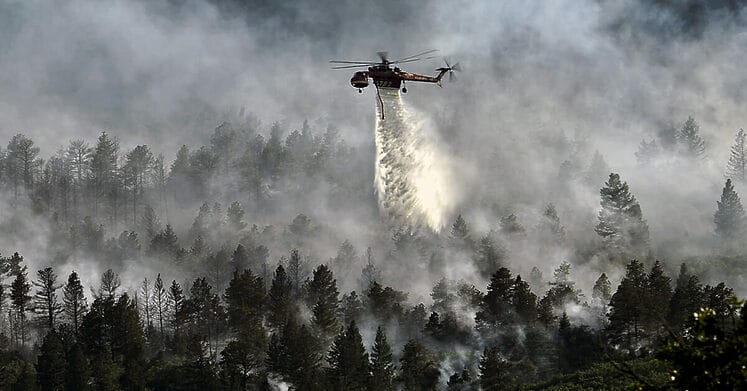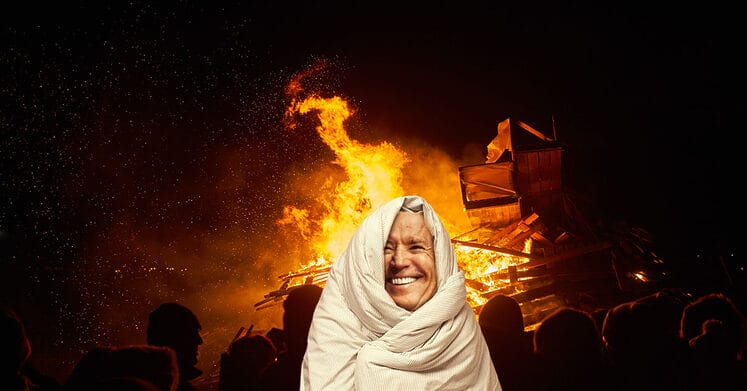On the afternoon of May 18, 1996, nearly a quarter of a century ago, an unattended campfire, driven by high wind ripped through eleven miles of the Pike National Forest in Buffalo Creek. The Buffalo Creek fire burned very hot, jumping from crown to crown in its path of destruction. The fire burned with such intensity the soil was scorched, with such impact that today the burned area scar has little to no regeneration.
On July 12, 1996 an intense thunderstorm poured nearly 3 inches of rain on the Buffalo Creek fire burn scar in just 2 hours. With no vegetation an ocean of black water and sediment poured into the South Platte River and the Strontia Springs Reservoir. Strontia Springs suffered major impact on water quality because of the flow of ash, sediment, and flood debris, costing Denver Water customers tens of millions of dollars to repair.
Worst of all, two Buffalo Creek residents lost their lives.
Buffalo Creek was the beginning. Since 1996 Colorado has lost approximately 500,000 acres to wildfire. Nationally, wildfire suppression costs of the United States Forest Service have risen from $1 billion in the fire season of 2012 to $4.5 billion in 2019! Suppression costs are the tip of the iceberg. Some estimates place post fire impacts and recovery costs at 10 to 20 times suppression costs. During the last three decades, the intensity of wildfires has left a path of destruction and annual losses of infrastructure, public health and natural resources estimated to be $70 to $350 billion each year.
Tragic losses to life, property and natural resources can be prevented. Large, high intensity wildfires throughout America, and here in Colorado, have created this crisis. Lack of active forest management, impact of a changing climate, and the explosive growth of the wildland urban interface combine to create this volatile mixture for disaster. 2020 has the potential to be another significant catastrophic wildfire season across the west and here in Colorado. Some are calling the current situation the “new normal.” It is imperative we reject that notion because what is happening now does not need to happen. We know what to do. Active aggressive forest management will ensure effective wildfire management.
This lack of active forest management over decades has enabled wildfires to become large, more intense and taking lives and property. Treating unhealthy forests in Colorado, the west and the nation is the land conservation issue of our time. Lack of management is a safety issue. It is an economic issue. It is a security issue. It is a crisis.
Wildfire is a historic and natural part of Colorado’s landscape. We will never keep wildfire out of Colorado, but we can reduce wildfire impacts on lives and property by creating resilient landscapes and communities through active forest management.









Responses
Fighting fires proved to be a mistake. WE learn from our mistakes.